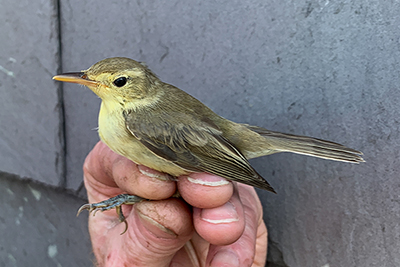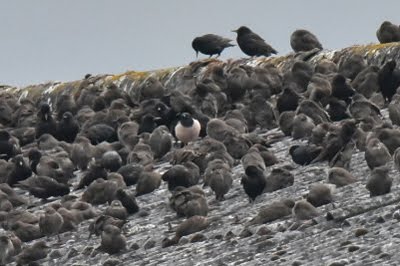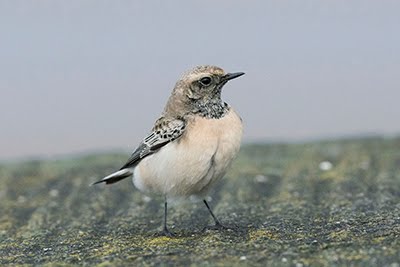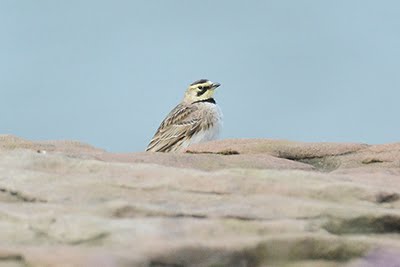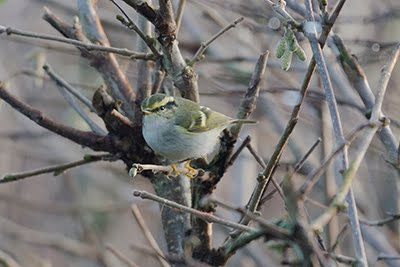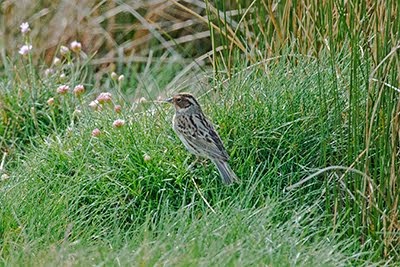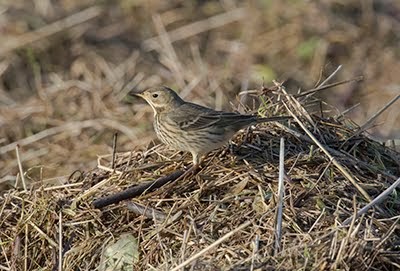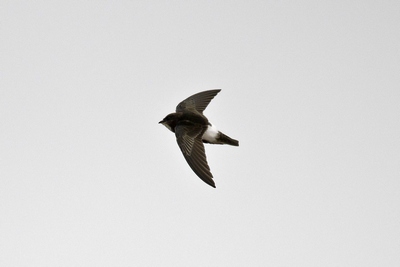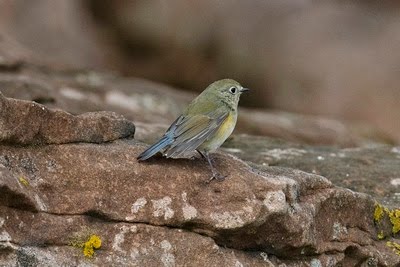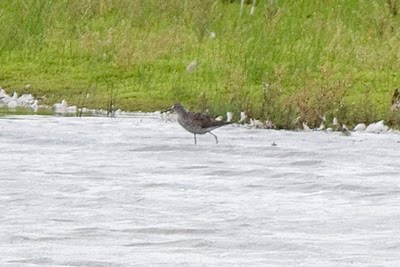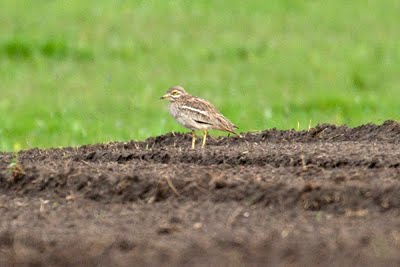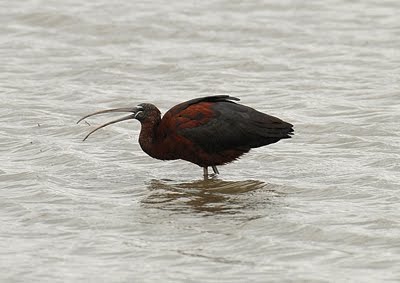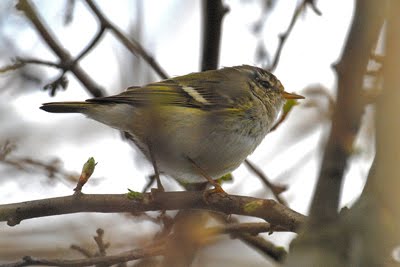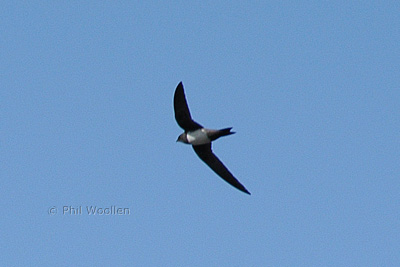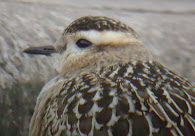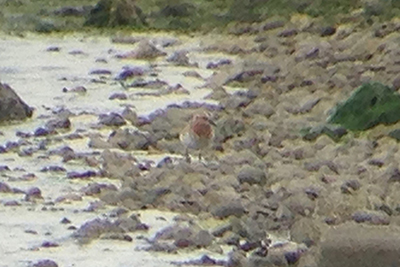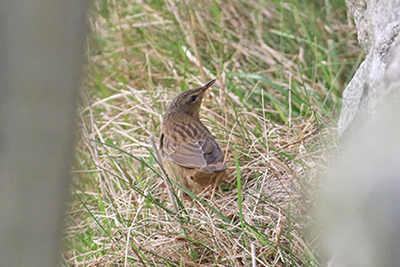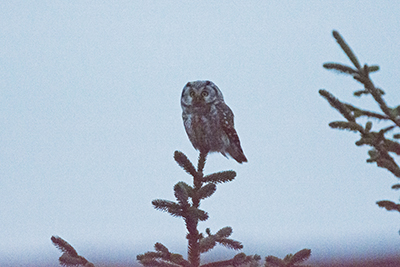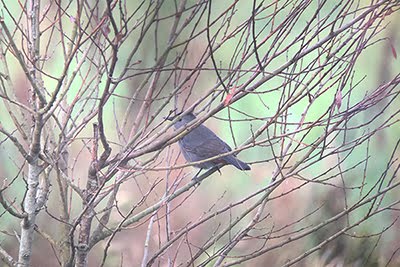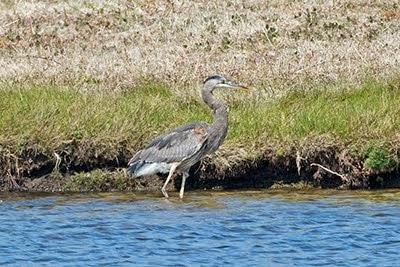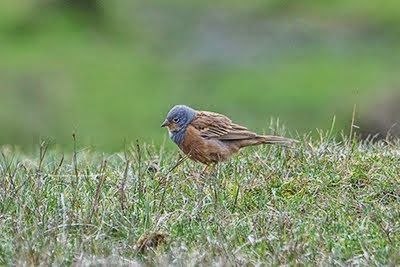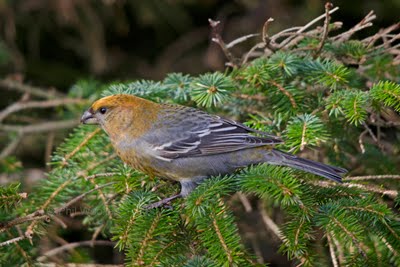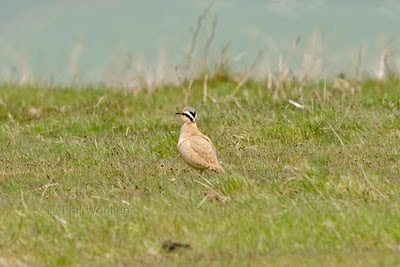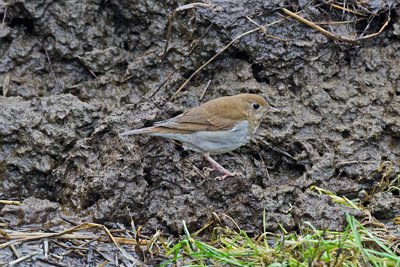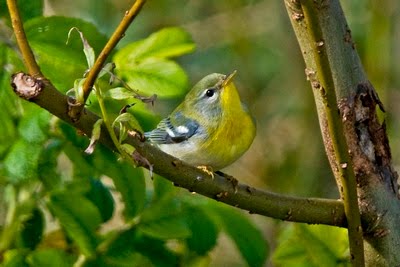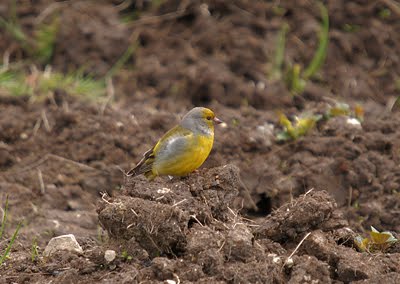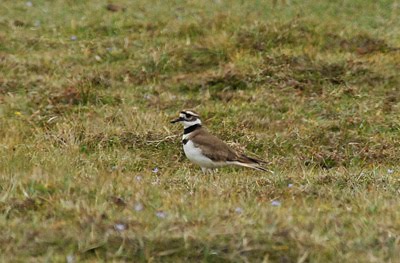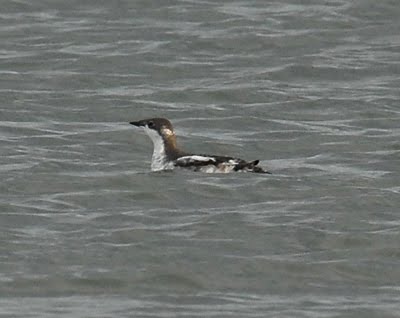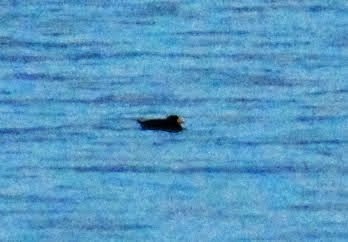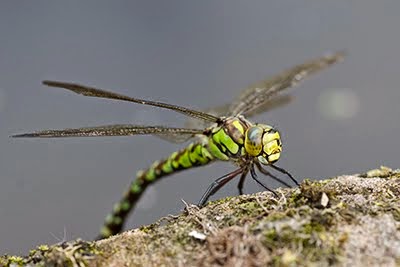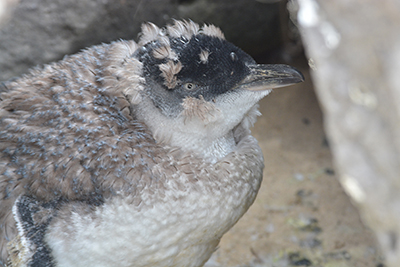After our last stressful visit to Australia last December, when our daughter collapsed with a brain aneurysm requiring surgery, this latest visit was far less stress as we were attending her wedding to her long term partner whom we welcomed into the family as our new son - in law! - if you call flying from Manchester to Melbourne via Doha with a 2 & 5 year old less stressful! To be fair the girls were really good.
This was mainly a family trip with few opportunities for birding. A recent ACL trauma whilst on Fair Isle also made me less mobile than usual so I couldn't walk as far as I normally do. When we arrived the wedding preparations were in full swing and the happy couple had rented a fantastic old house with extensive grounds about 30 km from where they live. We all decamped there for a couple of nights and in the lead up frantic last minute arrangements were being made as this was very much a DIY wedding involving the whole family.
I did manage to reacquaint myself with quite a few of the local birds and added a new species to the garden list in Yellow-faced Honeyeater. when a small group came down to briefly drink in the creek.
The pair of Buff-banded Rails inhabiting the creek at the bottom of the garden showed well on occasions although the presence of 4 excited grandchildren running around made them a bit shyer than usual.
This was our first spring visit for a few years (Australian spring) and I'd forgotten how cold it could get at night - several mornings we woke up to a frost but as far as the birds were concerned it was spring and breeding activity was everywhere.
The creek also attracts other water birds and I was pleased a to add Straw-necked and Great Egrets to the garden list. along with the regular White-necked and White-faced Herons.
 |
| White-necked (Pacific) Heron |
 |
| Straw-necked Ibis |
Straw-necked Ibis are so called because of the straw - like feathers on their upper breast during the breeding season.
One of the birds I really wanted to catch up with was the diminutive Turquoise parrot. The area is a hotspot for them but I'd failed during repeated attempts to see them at a well known local site bout 5 minutes drive from the house. I managed a short trip one morning, after dropping off the eldest Granddaughter at school and met up with a pair of visiting birders from Melbourne who visit the area specifically to add Turquoise Parrot and another local speciality, Speckled Warbler, to their year lists. We failed miserably - even though eBird showed a Turquoise had been seen the previous day.
Turquoise Parrots are small, Blackbird sized, and feed on grass seeds. They're not as garrulous as other parrots and their calls are very quiet and subdued. They also like running rather than flying and in long grass this makes them very difficult to see.
Another opportunity to visit Bartleys Block arose a few days later and I carefully walked through the grassy areas beneath young eucalyptus growth where the 'Turqs' were known to favour. Nothing. Skirting the site I headed through the bush towards another area where they might be seen but there was no sign. I did get superb views of Speckled Warbler and managed some photos. I'd seen this species on our previous visit but not managed a photo.
In the same area I saw plenty of White-throated Treecreepers and a pair of Weebill nest building but still no parrots!
Heading back towards the car I decided to give the original area a final search but this time a bit deeper into the bush. I got distracted by the display flight of a Rufous Songlark and whilst trying to get a photo I got further distracted by a pair of tame Eastern Yellow Robins.
 |
| Rufous Songlark |
The Robins were very photogenic and were hunting invertebrates from various perches. I was lucky enough to ring one of these a few years a go when I joined a ringing (banding) expedition in Australia - see
here.
It was whilst following the Robins that the inevitable happened. I was completely unprepared for the Turquoise Parrot that flew from the long grass almost beneath my feet and landed wit hits back towards me on a nearby branch before dropping down into the long grass to feed again!
The lack of an orange patch on the median coverts and the presence of a white lores pointed to this bird being an adult female. Frustratingly I could hear another bird in the trees above me but couldn't see it. I'd 'genned' up on their quiet calls before my previous visit so knew what to listen for. They really are stunning little parrots and so small!
Standing still I watched as the bird quietly went about its business of feeding in the grass whilst I attempted to get a few more photos.
Once again I got distracted, this time by a foraging group of White-browed Babblers and by the time I returned my attention to the parrot it had gone.
Subsequently I realised how lucky I was as checking eBird lists on days after my visit no one else had seen Turquoise Parrot. A brilliant bird to add to my Australian life list.











%20Rosella%20juv%20251023.png)








































